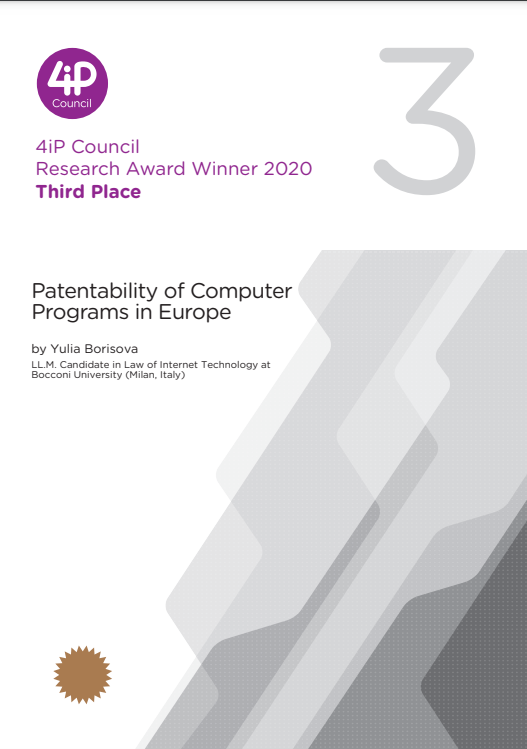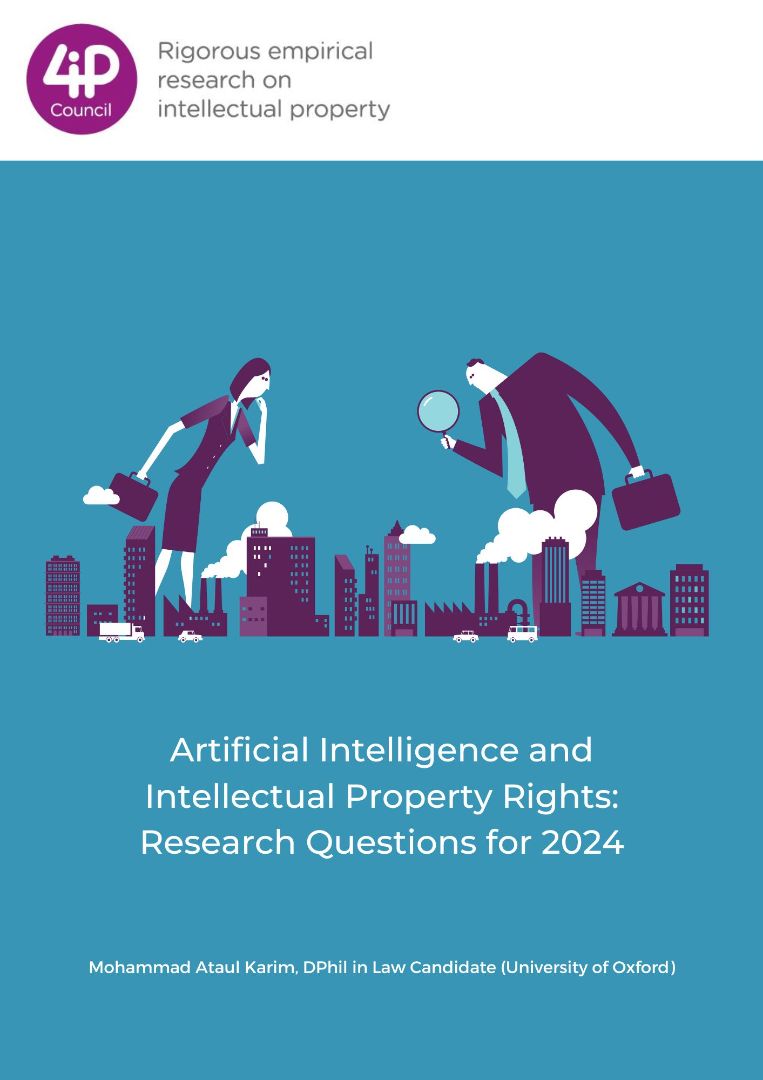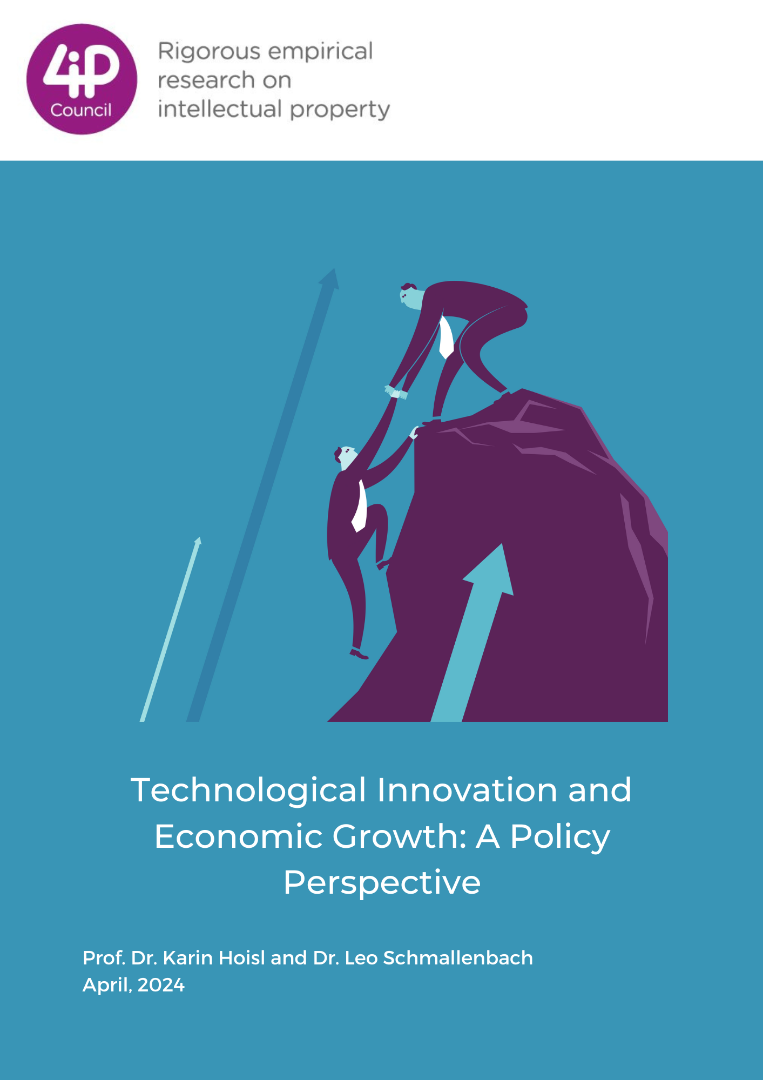Introduction
During the recent decades there have been many debates about whether the “software patents” should be allowed or denied. In practice such patents have been already granted for some years1, and the number of patent applications will likely only continue to increase with time. According to the European Patent Office’s (“EPO”) statistics for 2019, computer technology was the third field in terms of the number of patent applications (after digital communication and medical technology), and “the second fastest-growing field, fueled by the rise of artificial intelligence”.
The legal framework for patents (including software patents) in the European Union is based primarily on the European Patent Convention (“EPC”) and Guidelines for Examination in the European Patent Office (“EPO Guidelines”).
Article 52 of the EPC excludes “programs for computers as such” from patentability. However, the EPO has introduced two concepts in order to circumvent such exclusion: “computerimplemented invention” (“CII”) and “computer program having a technical character”.
These new concepts focus on a certain result produced by software, but disregard the fact that the basic term “computer program” remains unclear. There is no definition of this term in the EPC or EPO Guidelines. However, as it has been correctly noted in doctrine, “it is impossible to regulate this industry without perfect understanding of software”. 3 It does not mean that EPC or EPO should attempt to define this complex software engineering term in detail, but as long as this term is used, it is necessary to agree what it means.






